Definition
noun, plural: glyceroglycolipids
A type of glycolipid made up of an acetylated or non-acetylated glycerol and at least one fatty acid
Supplement
A glycolipid is a glycoconjugate comprised of carbohydrate and lipid moieties. Examples of glycolipids are glycosphingolipids and glyceroglycolipids. A glyceroglycolipid is comprised of an acetylated or non-acetylated glycerol backbone and at least one fatty acid. It is often found as a component of biological membranes with photosynthetic functions (e.g. chloroplasts). Glyceroglycolipids include the galactolipids and the sulfolipids.
A galactolipid is a type of glyceroglycolipid that has galactose as the sugar component. The galactose is attached to a glycerol lipid. They occur naturally in the chloroplast membranes of photosynthetic eukaryotes (e.g. plants and photosynthetic algae). Apart from eukaryotes, photosynthetic bacteria also have galactolipids in their membranes. The predominant galactolipids in photosynthetic organisms are monogalactosyldiacylglycerol (MGDG) and digalactosyldiacylglycerol (DGDG).
A sulfolipid is a glyceroglycolipid that has a carbohydrate moiety wherein the functional group contains sulfur. The carbohydrate constituent is attached to a lipid. Example of a sulfolipid is sulfoquinovosyl diacylglycerol, which is involved in the plant’s sulfur cycle.
Glyceroglycolipids can also be referred to, in particular, as glycerolipid glycans. Glycerolipid, per se, is a type of lipid comprised of a glycerol that is linked esterically to a fatty acid. Thus, glyceroglycolipids may also be regarded as a sub-class of glycerolipids.
See also:
Dictionary > Glyceroglycolipid
You will also like...
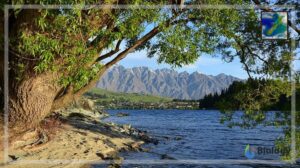
New Zealand’s Unique Geographical History
Explore why New Zealand has such unique flora and fauna, and learn why long periods of geographical isolation. This less..
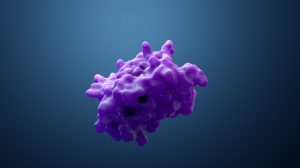
Protein Variety
The sequence of amino acids determines the type of protein. Protein is synthesized according to the sequence of nucleoti..
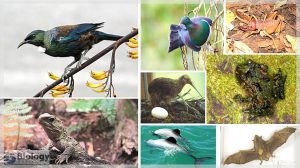
New Zealand’s Unique Fauna
Meet some of New Zealand's unique fauna, including endemic insects, frogs, reptiles, birds, and mammals, and investigate..
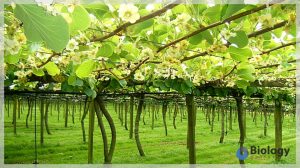
Biosecurity and Biocontrol
This lesson explores the impact of biosecurity threats, and why they need to be identified and managed. Examples to incl..
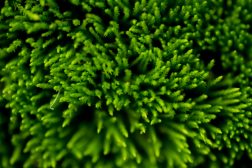
Bryophytes
Bryophytes (nonvascular plants) are a plant group characterized by lacking vascular tissues. They include the mosses, th..

Principles of Hormonal Control Systems
Hormones are essential in the regulation of the activity of the various biological systems of the human body. The ineffi..

